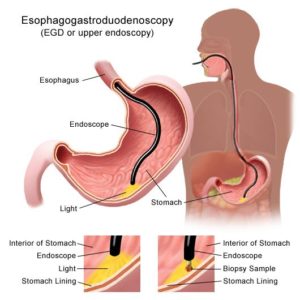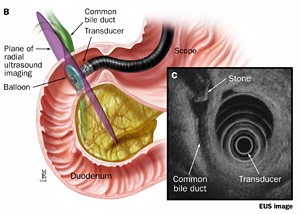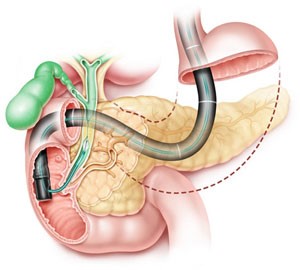- General conditions of gastrointestinal duct: esophagus, stomach, small bowel, colon
- Liver, pancreas, gall bladder, biliary syetem
- Inflammatory bowel diseses: ulcerative colitis, Crohn’s disease
- Hemorrhoid treatment
- Colon cancer screening, stomach cancer screening, liver cancer screening
- Endoscopic procedures including: upper endoscopy (EGD), colonoscopy, endoscopyic utrasound (EUS), endoscopy retrograde cholangiopancreatography (ERCP) , CRH hemorrhoid banding

Upper Endoscopy ( EGD)
EGD is a procedure in which a thin scope with a light and camera at its tip is used to look inside the upper digestive tract — the esophagus, stomach, and first part of the small intestine, called the duodenum

Colonoscopy is the endoscopic examination of the large bowel and the distal part of the small bowel with a camera on a flexible tube passed through the anus. It can provide a visual diagnosis (e.g. ulceration, polyps) and grants the opportunity for biopsy or removal of suspected colorectal cancer lesions

Fast & Effective: The procedure takes about 1 minute to perform and is 95% effective.
No Recovery Time: Most patients can resume normal activities the same day.
Painless: The procedure is painless and typically no pain medication is required after the procedure.
Covered by Insurance: The procedure is covered by Medicare and most insurance plans.
This non-surgical procedure has been performed over 1,000,000 times on patients across the country.

EUS allows a doctor to obtain images and information about the digestive tract and the surrounding tissue and organs. Ultrasound testing uses sound waves to make a picture of internal organs. During the procedure, a small ultrasound device is installed on the tip of an endoscope. An endoscope is a small, lighted, flexible tube with a camera attached. By inserting the endoscope and camera into the upper or the lower digestive tract, the doctor is able to obtain high-quality ultrasound images of organs.

Endoscopic Retrograde Cholangiopancreatography (ERCP)combines the use of a flexible, lighted scope (endoscope) with X-ray pictures to examine the tubes that drain the liver, gallbladder, and pancreas. The endoscope is inserted through the mouth and gently moved down the throat into the esophagus, stomach, and duodenum until it reaches the point where the ducts from the pancreas (pancreatic ducts) and gallbladder (bile ducts) drain into the duodenum.

Hepatology is the branch of gastroenterology that incorporates the study of liver, gallbladder, biliary tree, and pancreas as well as management of their disorders. Our hepatologists will provide comprehensive care of viral hepatitis, genetic liver disease, autoimmune liver disease, alcohol and non-alcohol liver disease, drug induced liver injury, cirrhosis and complications of cirrhosis and liver cancer.
Appointment
Please call us today to schedule an appointment
